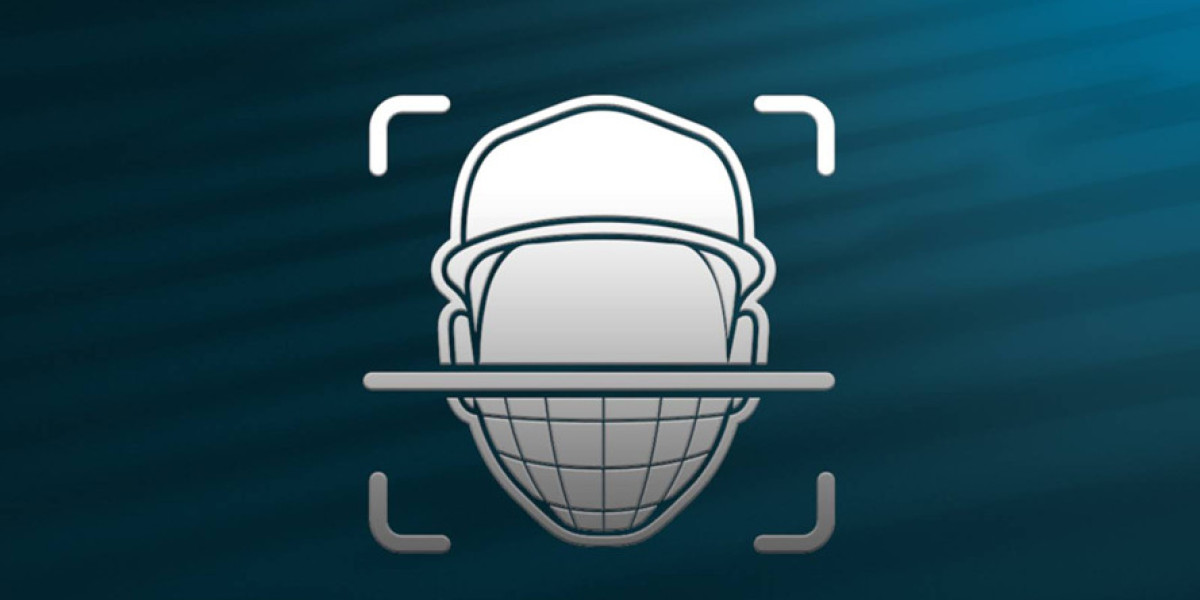Introduction
In any system—whether industrial, digital, organizational, or even biological—smooth operation depends on the efficient flow of resources, information, or work. When that flow is restricted at a specific point, it creates a bottleneck. Bottlenecks are often the silent culprits behind reduced productivity, increased costs, and delayed outcomes. Understanding what bottlenecks are, how they occur, and how to address them is crucial for anyone aiming to optimize performance in any environment.
1. What Is a Bottleneck?
A bottleneck refers to a stage in a process where the flow of work or materials is limited or slowed down. The term originates from the shape of a bottle: the wide body represents abundant capacity, but the narrow neck restricts the outflow of liquid. Similarly, in systems, one stage often has less capacity than the others, slowing down the entire process.
For example, in a factory assembly line, if four stations can produce 100 units per hour but one station can only handle 60 units per hour, the overall output of the line is restricted to 60 units. This single point of limitation is the bottleneck.
2. Types of Bottlenecks
Bottlenecks can take various forms depending on the system. Broadly, they can be classified into short-term and long-term bottlenecks.
a. Short-Term Bottlenecks
Short-term bottlenecks are temporary disruptions. These may occur due to sudden machine breakdowns, employee absences, supply shortages, or unexpected surges in demand. For example, if a key machine is under maintenance for a day, it temporarily slows down production. Once resolved, the system returns to normal.
b. Long-Term Bottlenecks
Long-term bottlenecks are structural issues embedded within the system. These usually arise from outdated machinery, insufficient workforce, poor process design, or underinvestment in critical areas. Such bottlenecks continue to limit capacity until significant changes are made.
3. Common Examples of Bottlenecks
Bottlenecks can occur in various fields, not just manufacturing. Here are a few examples:
a. Manufacturing
A single machine with lower speed than the rest of the production line.
Manual quality checks that delay packaging and distribution.
Slow transportation of materials between workstations.
b. Software Development
A slow testing phase that delays deployment.
Limited number of skilled developers for critical tasks.
Inefficient code review procedures that create backlog.
c. Business Operations
Decision-making that depends on one manager, creating delays in approvals.
Customer service departments unable to handle large volumes of inquiries.
Administrative procedures that slow down project launches.
d. Supply Chain
Port congestion slowing down shipments.
Limited warehouse space creating storage delays.
Slow customs clearance for international goods.
4. How Bottlenecks Impact Performance
The presence of bottlenecks affects overall system performance in several ways:
a. Reduced Output
The total capacity of the system is determined by its slowest stage. Even if other stages are efficient, their efforts are wasted when output is constrained by the bottleneck.
b. Increased Costs
Bottlenecks lead to idle time at non-bottleneck stages. Machines or employees may wait for work, leading to inefficiencies and higher operational costs.
c. Longer Lead Times
Bottlenecks increase the time required to complete a process. Customers may face delays, which can reduce satisfaction and competitiveness.
d. Lower Flexibility
When systems are already strained by bottlenecks, they lack the flexibility to respond to sudden changes or increased demand, making them vulnerable to disruptions.
5. Identifying Bottlenecks
To address bottlenecks, the first step is identification. Several methods can be used to find where constraints occur:
a. Process Mapping
By mapping out each stage of a process, managers can visualize the flow of work and identify points where delays or backlogs build up.
b. Observing Work in Progress (WIP)
Bottlenecks are often revealed where inventory or tasks pile up. Observing areas with excessive WIP provides clues about which stages are slower.
c. Data Analysis
Analyzing performance metrics such as throughput, cycle time, and utilization rates can pinpoint stages with lower capacity or higher delays.
d. Employee Feedback
Workers on the front lines often know where problems occur. Gathering feedback from employees can help locate hidden or recurring bottlenecks.
6. Strategies to Eliminate or Reduce Bottlenecks
Once identified, bottlenecks must be managed strategically. There is rarely a single “quick fix,” but several approaches can be applied:
a. Increase Capacity at the Bottleneck
This can involve upgrading equipment, hiring more workers, automating processes, or allocating additional resources to the constrained stage.
b. Redistribute Work
If some stages are overloaded while others have spare capacity, redistributing tasks can balance the workload and relieve the bottleneck.
c. Optimize Scheduling
Better planning can ensure that the bottleneck is continuously fed with work, avoiding idle time and maximizing its output.
d. Improve Processes
Redesigning workflows, reducing unnecessary steps, or streamlining communication can make bottlenecks more efficient without necessarily adding resources.
e. Implement Buffering
Adding buffer inventory or tasks before the bottleneck can prevent upstream stages from being affected by temporary slowdowns, keeping the overall process stable.
7. The Theory of Constraints
A powerful framework for understanding bottlenecks is the Theory of Constraints (TOC), introduced by Dr. Eliyahu Goldratt. TOC suggests that every system has at least one constraint, and improving system performance depends on how well this constraint is managed. The steps of TOC are:
Identify the constraint.
Exploit the constraint by ensuring it works at maximum capacity.
Subordinate other processes to support the constraint.
Elevate the constraint by increasing its capacity.
Repeat the process, as new bottlenecks will emerge after one is resolved.
This structured approach helps organizations focus their improvement efforts on the most impactful areas rather than spreading resources thinly.
8. Preventing Future Bottlenecks
Eliminating one bottleneck often uncovers another. To maintain smooth operations over time, organizations should:
Continuously monitor key performance indicators.
Invest in flexible systems that can adapt to changes.
Regularly review workflows to keep them efficient.
Train employees to recognize and report emerging constraints early.
Proactive management prevents minor issues from escalating into major disruptions.
9. Conclusion
Bottlenecks are inevitable in complex systems, but they need not be permanent obstacles. By understanding where they occur, measuring their impact, and applying targeted strategies, organizations can significantly improve productivity and reliability. Whether in a factory, a software team, or a global supply chain, effective bottleneck management leads to smoother operations, reduced costs, and better overall performance.
For more information.








